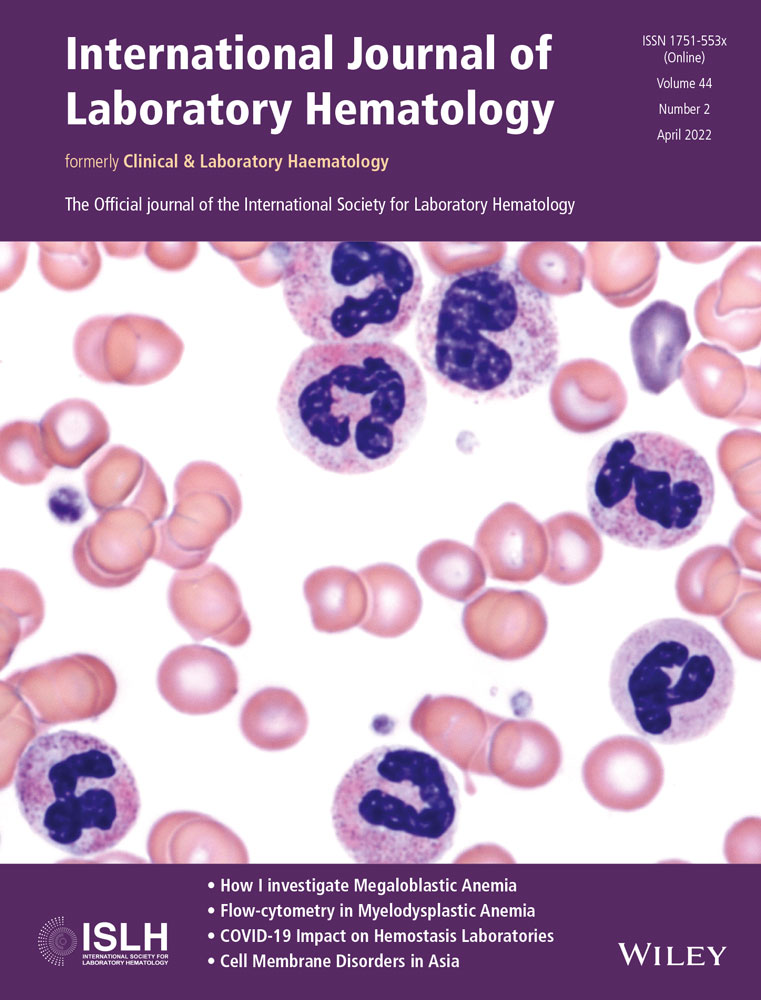Comparison of flow cytometry with other modalities in the diagnosis of myelodysplastic syndrome
Funding information
Funding was provided by St Vincent's Clinical School, Faculty of Medicine, University of NSW Sydney
Abstract
Introduction
The myelodysplastic syndromes (MDSs) are heterogeneous myeloid malignancies, conventionally diagnosed by cytomorphology and cytogenetics, with an emerging role for flow cytometry. This study compared the performance of a 4-parameter flow cytometry scoring system, the Ogata Score, with other modalities in the diagnosis of MDS.
Methods
Bone marrow aspirate and trephine biopsies from 238 patients performed to assess for possible MDS were analysed, and the flow cytometry score was retrospectively applied. The sensitivity and specificity of the flow cytometry score, the aspirate microscopy, the trephine microscopy with immunohistochemistry, and cytogenetic and molecular results were determined relative to the final diagnosis.
Results
The medical records of the 238 patients were reviewed to determine the final clinical diagnosis made at the time of the bone marrow examination. This final diagnosis of MDS, possible MDS or not MDS, was based on clinical features and laboratory tests, including all parameters of the bone marrow investigation, except for the flow cytometry score, which was only determined for this study. The flow cytometry score was 67.4% sensitive and 93.8% specific. Aspirate microscopy had higher sensitivity (83.7%) and similar specificity (92.0%), whereas trephine microscopy had similar sensitivity (66.3%) and specificity (89.4%) to flow cytometry. Although the flow cytometry score had a lower sensitivity than aspirate microscopy, in 18 patients (7.6% of the total) the flow cytometry score was positive for MDS, whereas aspirate microscopy was negative or inconclusive.
Conclusion
The flow cytometry score and trephine microscopy exhibited reasonable sensitivity and high specificity, and complement aspirate microscopy in the assessment of MDS.
CONFLICT OF INTERESTS
The authors have no competing interests.
Open Research
DATA AVAILABILITY STATEMENT
Data available on request from the authors.




